Looking outside our windows today, we may see a dystopian novel unraveling around us. A few months ago, our screens showed empty streets in a world put on pause. Now, many of our streets have filled again; filled with anger, filled with pain, and—in my hopeful heart—filled with change.
I look out from my own windowsill and realize that maybe I have always been captivated by the symbolism in windows. I’m half white and half Latinx; looking a certain way and acting a certain way has always kept me halfway “in the window” and halfway out. Our individual experience shapes our perspectives in these conversations.
From too many people near me, I hear, “I’m not racist, but I guess there’s more I could do.” Watching our history placed next to a megaphone and blasted onto every street in every state of America and beyond has given me a feeling I have only felt from looking through one other window.
That window was 10,000 feet in the air. Many of us have had the experience of skydiving: our toes curled, peeking over the edge, looking with wonder at the other side. Loud winds of change smack at our faces. It’s scary in the moment before leaping to think of them carrying us away. It’s exciting to know we’re not alone. As we look down, rather than seeing a burning dystopia, we see a bright blue earth made for all of us and which says, “I will catch you.”
Taking the leap
As you can probably tell, I am a supporter of metaphors. I see them as beautiful ways to give voice to abstract concepts; however, there is nothing abstract about our reality. By trying to turn reality into abstraction I’m avoiding the words and concepts that are scary, real, and which make people uncomfortable. Does that make me a part of the problem? Yes. I think we’re all a part of the problem right now.
It’s exciting to accept this position because it means we can all then be united in our problematic state. “We’re all a little mad here,” says the Cheshire Cat; we all have very different experiences that need to be understood and expressed. From a unified place and point of view we can all be part of creating the change we want.
I use the word change, and not the word solution, because solution is an oversimplification. We do not have an isolated problem and singular-solution paradigm. Our multifaceted inequities require a multifaceted and continuous approach in order to be properly addressed. Changes to local and national policies are needed. But another approach that touches all these current issues is education. Lucky for us, higher education is exactly where we happen to be.
Students breathe education and it breathes back (I just can’t avoid a good personification either). When I say students, I do not mean to conjure images of libraries and lecture halls. I mean instead to refer to everyone involved in the higher education experience. Remember finishing high school, or your undergrad degree, or other formal training that culminated in a cap and gown, thinking that we were done with school? Formally that may perhaps be true, but learning never stops. To be is to learn. At any age, with any level of knowledge there is always more to learn. If we’re always learning, then we are also always students. When we stop learning, we stop breathing. Simple right?
Our learning journey
It all begins with owning our own stories. When you enter a graduate program, you introduce yourself by sharing your undergrad major, your experience, and your background. These are all identifiers that categorize us and essentially say, “This is where I come from.” From an honest place of reflection we can be forthright about our learning environments and open to new ones.
Learning starts with bravery; to learn, you need to become vulnerable enough to accept change. As much as our generation has been labeled lazy, apathetic, or disconnected, we remain a vulnerable generation. We have engaged in conversations and tackled issues around mental health, LGBTQ rights, politics, racism, and so much more. That takes tremendous courage. Though we as students are only just beginning our journeys into our professional chapters, I take pride in the strides that we have made. They may be small in the grand scheme of things, but they are massive to those who are impacted by those issues.
The only reason the phrase “We are the future” feels so played out is because every generation has heard it and because every generation has lived it. The interconnection between our current actions and our potential future is an exciting incentive to seek change not tomorrow but right now.
The conversations we have today will be the platform for reform for the next decade. Our DMs could become the 28th Amendment—and yes, I did look that up because I am honoring my role as a lifelong learner. Though the changes that eventually occur may not be quite that drastic, what cannot be ignored is all the power that this generation of activators, innovators, and educators has.
Now I’m asking you—as one of my peers and part of our collective future—to share what you desire. What are the changes you want to see? How can I and your fellow peers help you make your life better? The full Member Network has been coordinating work with the Student Leadership Team to create new opportunities that support the growing need for culturally competent education and—what is arguably the most important step—authentic conversation.
As elected representatives for this Association, we do not want to tell you the members what you need. This year is going to be an ongoing, open discussion where your voices are the winds of change. So, please, open the window and let your voices be heard.
Tanika Santos MacSwain, is currently the Fitness Coordinator at Virginia Commonwealth University; you can email her at santosmacst@vcu.edu.


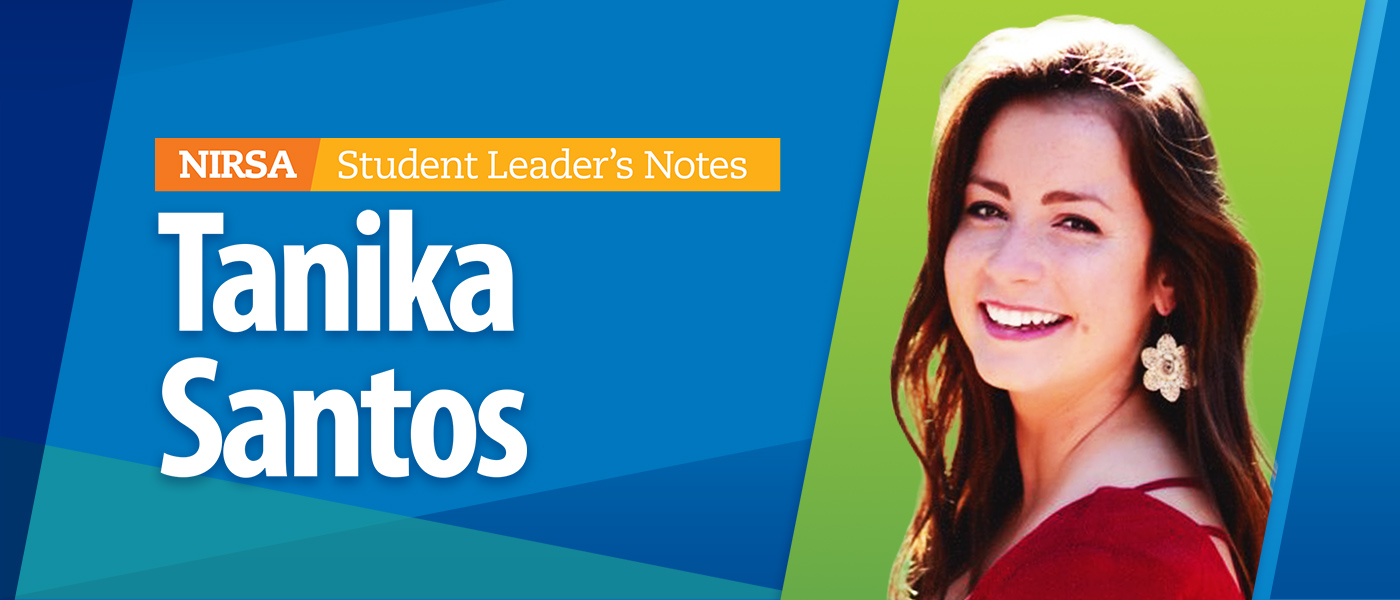
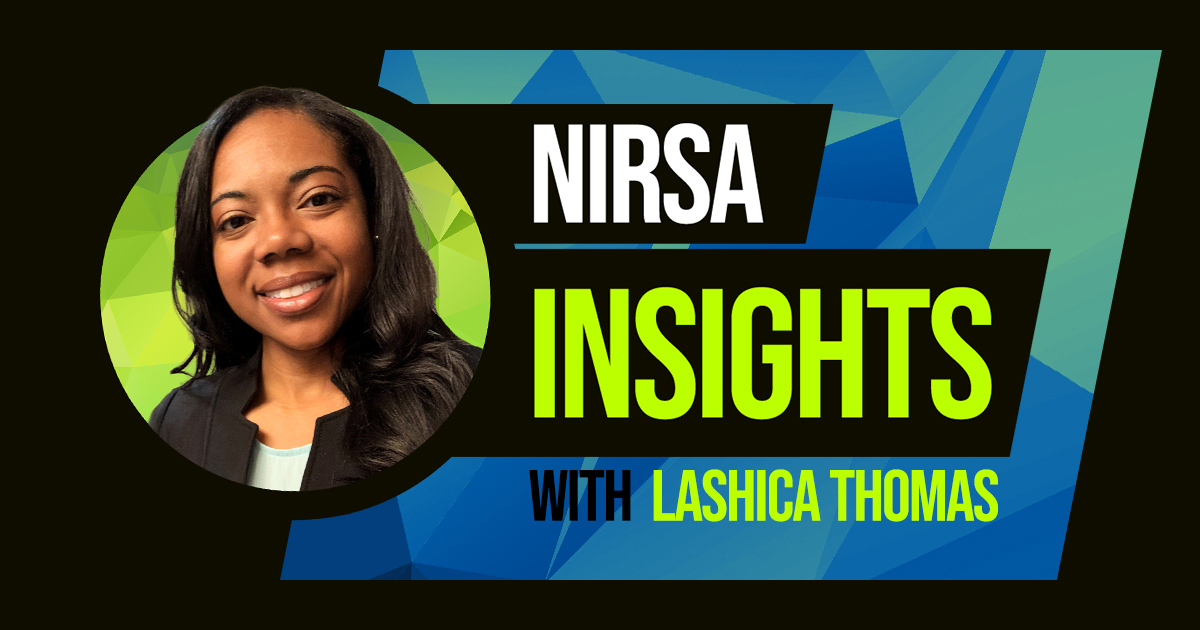
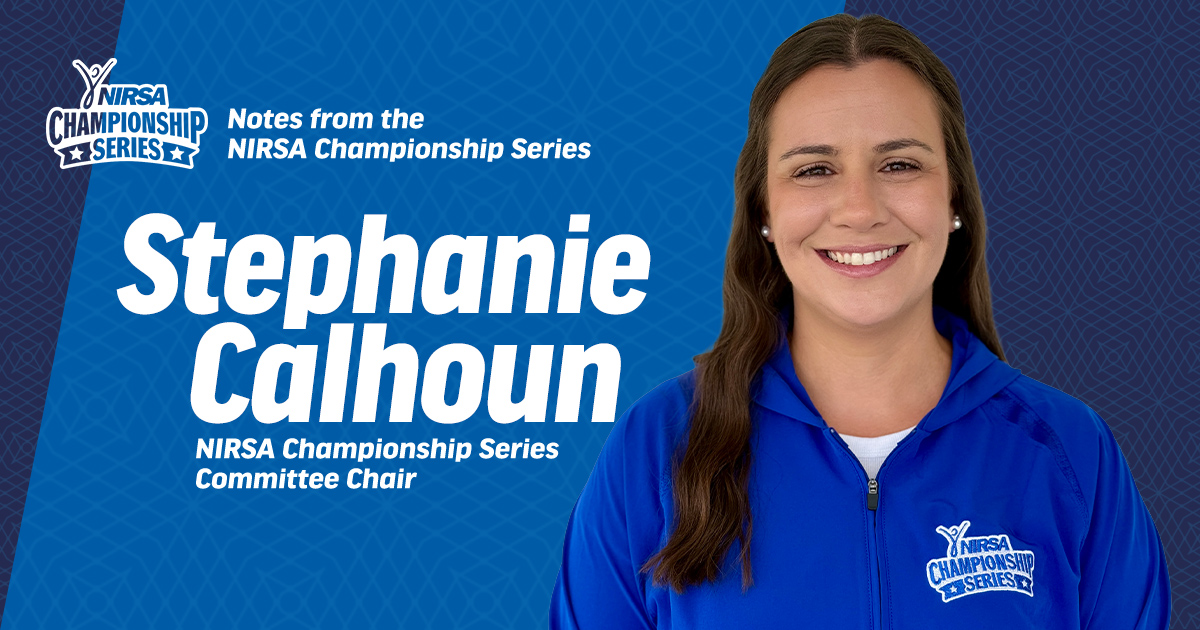
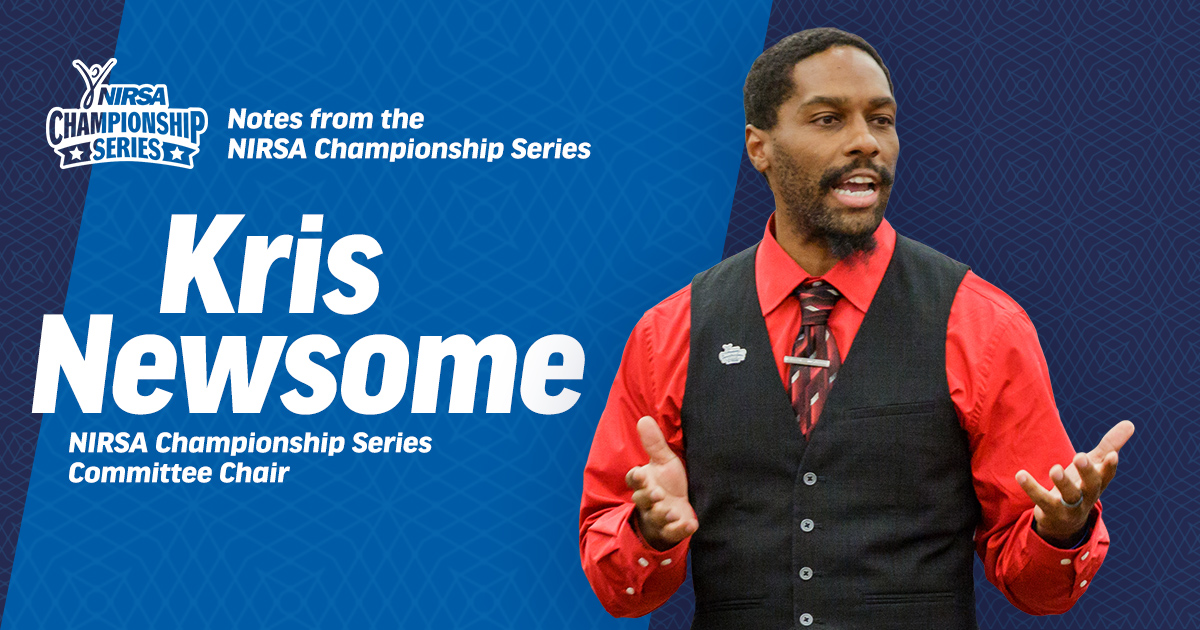
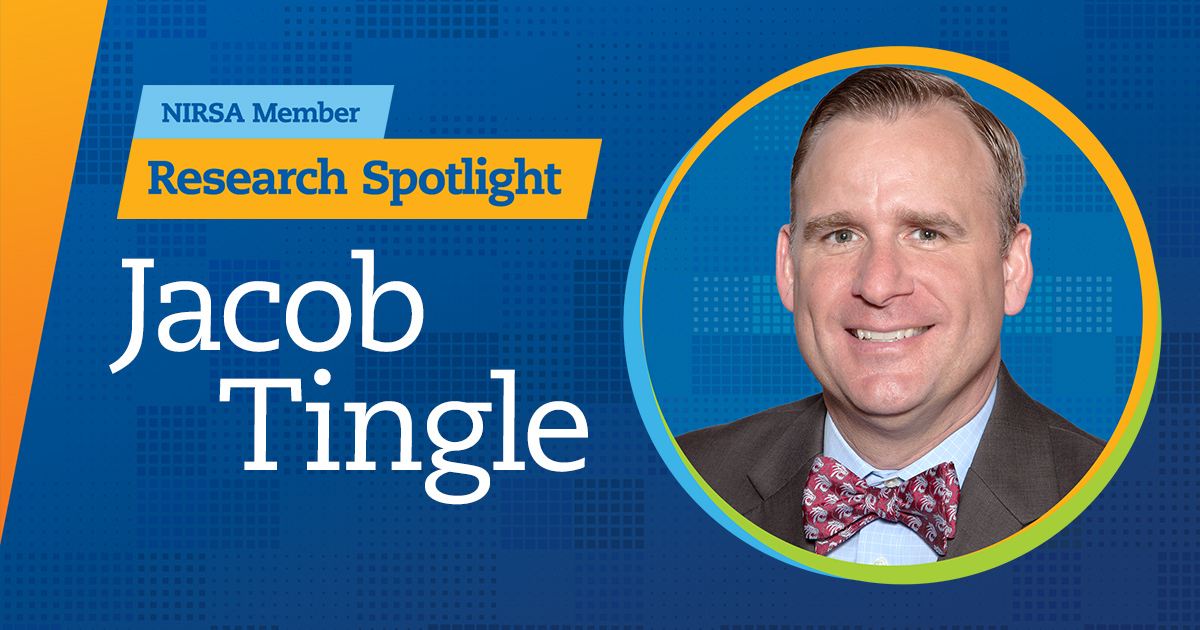
Beautiful! Well-spoken and well written. I am proud to be your “auntie”. Love u